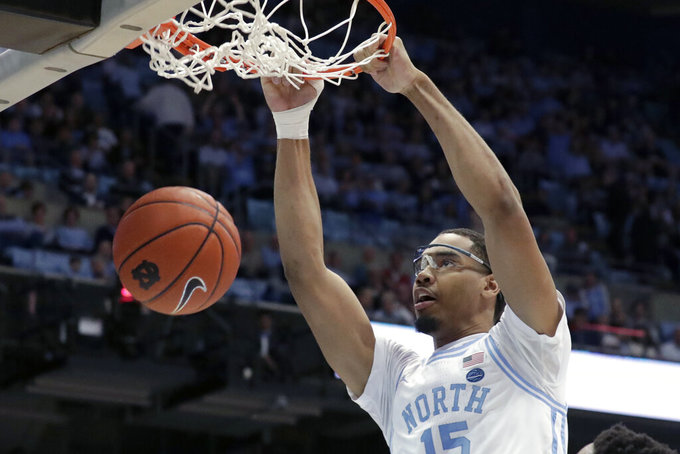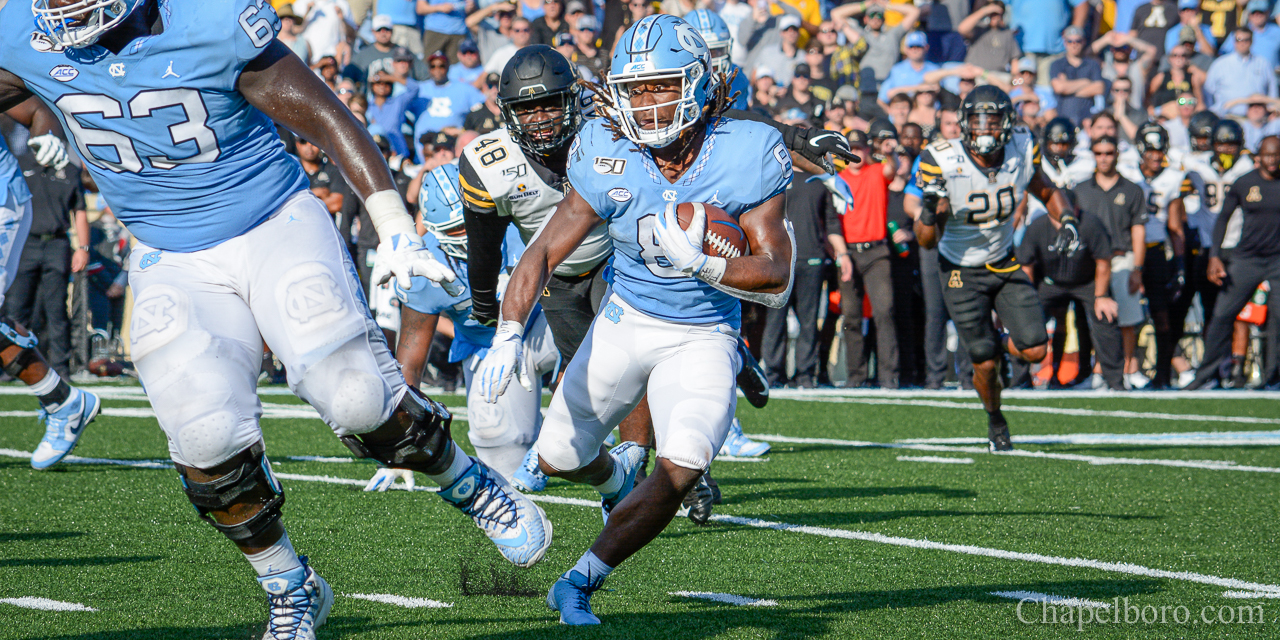Has the rubber finally met the road for major college football?
Since the coronavirus and COVID-19 have crippled this country, we’ve been talking about what happens when they actually try to play football in college. Teams can social distance in meetings, at the training table, in the locker and weight rooms, and even doing drills.
But since football is the only sport that hasn’t played a game since the virus arrived, what happens when 200 to 300-pound players have to start blocking and tackling for real against foreign opponents?
After months and hundreds of thousands of dollars already spent on testing, equipment and research, no one knows the answer and, on the eve of kicking off revised schedules, can’t even venture a guess on safety. Complicating the matter is something called cardiac inflammation, which now could endanger anyone who’s had the virus.
With potential liability into the millions and careers of college and athletic administrators at stake, the Power 5 conferences are seriously considering pulling the plug and looking to play in the spring. But how much more will we know about COVID then than now?
The money that is made from college football, which finances large percentages of entire college athletic departments, has kept the Power 5 trying to find a way to play. But there may be another solution that could also solve a residual problem that has arisen.
The Pac 12 apparently has a tentative agreement with banks and other financial institutions to borrow more than $1 billion that would yield about $83 million per school. With annual athletic budgets around $100 million, that could help cover a lost season.
It could also force the schools to begin cutting the fat in their administrative budgets, outrageous coaches’ salaries and out-of-control facilities, which have become a focus of rebelling players over why they can’t be paid to risk their long-term health to compete.
Adding the $83 million payback to the budget over the next few years will require some serious reduction in expenses, creating fiscal sanity for schools that haven’t be able to find such thus far.
Chapelboro.com does not charge subscription fees. You can support local journalism and our mission to serve the community. Contribute today – every single dollar matters.
Podcast: Play in new window | Download
Subscribe:
Related Stories
‹

Chansky's Notebook: Bailing OutRoy Williams probably had reasons for the soft statements. Carolina fans reacted strongly to the video of a team party after the win over Duke. Only Armando Bacot and Day’Ron Sharpe were in the video, but a statement from players and managers said it was supposed to be a closed event that other students and […]

Chansky's Notebook: Please, Go In!UNC men's basketball faces what is an early season must-win at Georgia Tech. Art Chansky says a look at the statistics is painful, but not terminal.

Chansky's Notebook: Leaky Steps UpDean Smith used to say he’ll be happy with a one-point win. The legendary UNC basketball coach struggled spiritually between playing well according to his teachings, regardless of outcome, and winning no matter how poorly you play. Since his job was to win and he was so competitive, he chose the latter. If he was […]

Chansky's Notebook: Rock(et) StarBen Kiernan was UNC’s MVP of the Notre Dame game. When Mack Brown went over the 31-17 loss, he gave mixed reviews to the two main branches of his Tar Heels’ play. He said the offense was good in the first half and then “went dead” in a scoreless second half. He praised the Tar […]

Chansky's Notebook: Goals and AmbitionsGarrison Brooks has both opportunity and pressure. On paper, the ACC looks as weak as it has been in some time due to widespread losses to graduation and early departures to the NBA, and no sure-shot superstars in the incoming recruiting classes. A beneficiary of this development is Brooks, the Carolina senior who was second-team All-ACC last year and earned the league’s […]

Chansky's Notebook: A COVID DebateClemson was livid that Florida State wouldn’t play the game. Let’s be lawyers, and make a case for each of the teams that did not play its scheduled game over the weekend. Clemson had traveled to Florida State when it learned a player with mild symptoms who had practiced with the team all week tested […]

Chansky's Notebook: Draft DodgersCarolina and Duke players have lost ground in the NBA draft. Like everything else with sports in the COVID era, the NBA draft goes off tonight after being postponed for five months. And if you look at the various mock draft boards, certain things jump off your screen. First of all, about half the names […]

Chansky's Notebook: A Two-Thirds Bet?What if Phil Mickelson and Mack Brown amended their bet? With the Masters being moved back to this weekend due to COVID, perhaps the three-time champion should revisit the fun bet he made with Carolina’s football coach back in 2003. The famed lefthander was still seeking his first Green Jacket when he partnered with the Texas football coach at the […]

Chansky's Notebook: Kudos To CarolinaUNC teams did a commendable job beating the odds. Who among us thought the ACC would be playing football and other fall sports last summer? With the pandemic upon us and the medical experts still learning, the seasons looked like a long shot. While other conferences pumped the breaks and/or called off football, the ACC […]

Chansky's Notebook: Extra MotivationCarolina’s schedule could be working to its advantage. When the COVID-revised list of games came out, it looked troublesome for the Tar Heels with Virginia Tech and Florida State basically bookending Notre Dame and Miami with four rivalry games in a row right in the middle. Coaches usually don’t like that because it takes a […]
›










